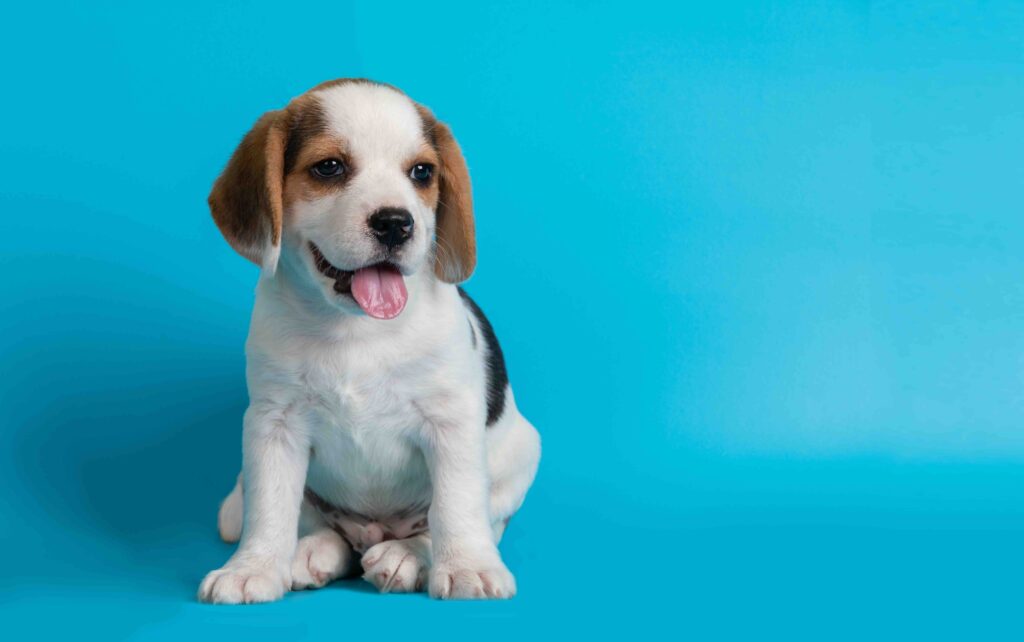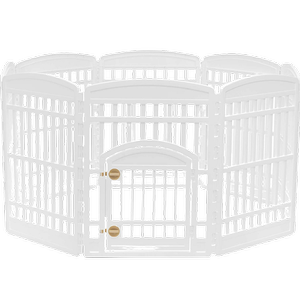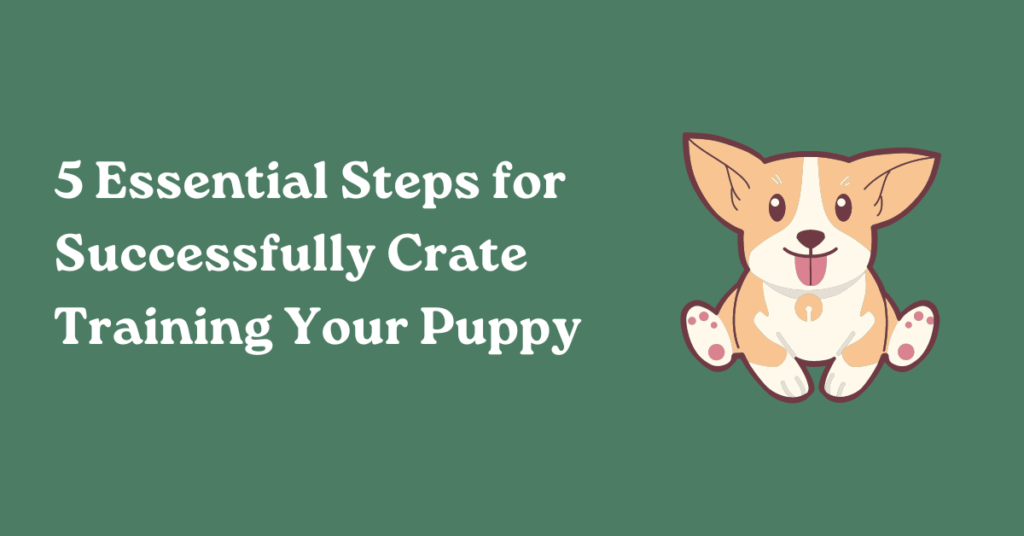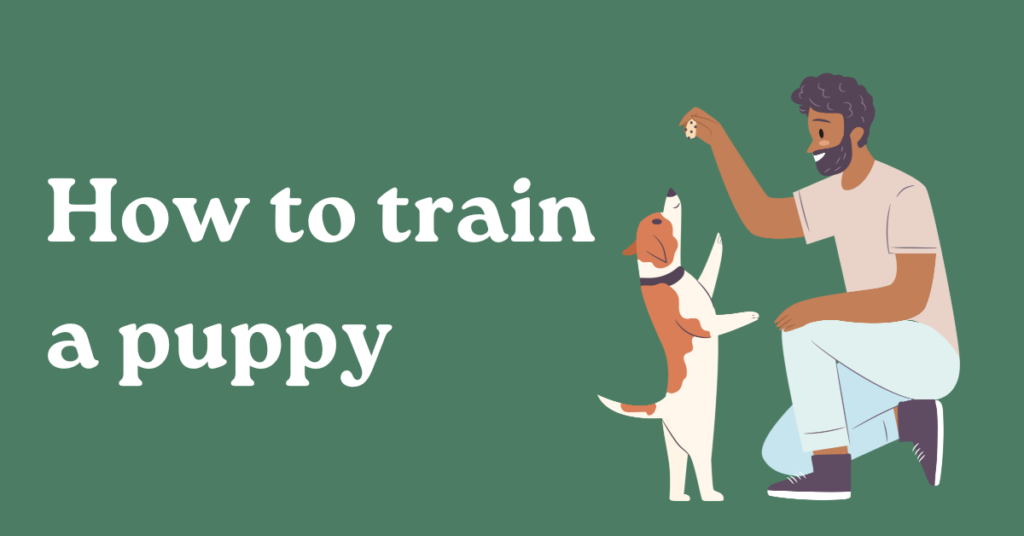Bringing a new puppy or dog into your home can be an exciting and rewarding experience. However, it can also be a bit overwhelming, especially when it comes to dog crate training. If you’re looking for guidance on how to crate train a puppy without the tears and stress, then you’ve come to the right place.
In this blog post, we’ll walk you through a five-step process for crate training, specifically focusing on what to do on your first night home with your new pup. So, let’s dive right in!

STEP 1: Sit near the crate.
I usually put the crate next to my bed in my bedroom. I sat down next to it and I didn’t ask my dog to go in. I didn’t force him in. So the first step is to simply wait for the dog to enter or go near the crate on his or her own and then you reward him. I use my marker command Y-E-S and I gave him a treat. You don’t always have to use treats. Sometimes, you can use toys, and sometimes, I give them a freeze dried minnow from Vital Essentials as a treat. You can get this from your local independent pet store. In the beginning, your puppy may not want to go in it or near the crate and that’s fine. Give it time. Allow the puppy to get comfortable with the crate—but the second they go in or near it, that’s when you want to reward with the treat do this for at least an hour.
STEP 2: Feed Their Meals Inside the Crate
Feed their meals inside the crate or at least right next to it with the door open. Don’t shut the door yet. What you’re doing is you’re positively associating the crate with something the dog enjoys a.k.a. in this situation “food”.
STEP 3: Once They’re In, Work on Some Basic Commands
Once they’re in and around the crate, you want to start working on some basic commands. So many people ask me when is it too soon to start working on basic training: my answer is the moment you walk in that house. Of course, it’s not going to be perfect and of course, you’re not going to work your dog 18 hours a day. But you want to start slowly and gently introducing the idea that there is a structure, and there are expectations and there are routines. Don’t look at this as a bad thing like you’re trying to tell the dog what to do or control the dog.
Dogs like children thrive with structure. They thrive with direction, especially a young puppy that has their mind all over the place so start working on this stuff right away. What I like to recommend for people to do is start that in and around the crate and use positive reinforcement. Whether it be treats, play, or praise because what you’re doing is you’re showing the puppy, “When I go near the crate, I get rewarded. I’m fed my favorite meal in the crate every day, and now mom and dad are starting to work with me on these fun new tricks and games like sits and downs anytime I’m in the crate. So I guess, the crate is a really fun and safe place, and I shouldn’t be as scared when I’m left alone there.”
What I also like to do is work on basic sits and downs in around the crate. You could do it right in front of the crate. If your puppy’s still scared to go inside, that’s totally fine. Then what we can do is if they are comfortable going in the crate is we’re making the crate seem like a normal part of their everyday routine. What a lot of people do is they’ll wait to put their dog in the crate for the first time when they’re going to go to bed or leave them for an extended period of time. That’s what you don’t want to do because then you’re teaching the dog the only time they go in there is when you leave them or when they have to go to sleep, which puppies typically don’t want to go to bed at night, that’s when they want to stay up and play of course.
Pro Tips!
A couple pro tips before the next step is don’t shut the door quite yet. Don’t force your puppy or dog to go inside. If they’re not quite ready, this whole process should take a good chunk of your first day at home. What you can do is if they’re really nervous to go inside is do the things that we’re talking about right in front of the crate, and eventually, they will become more comfortable to go in take it slow and steady. The whole name of the game is, “Work it like a turtle and make the crate Disneyland.”

STEP 4: Exercise Your Puppy a Few Hours Before Bed
A little bit of physical exercise especially a good couple a few hours before bed is really going to help bringing their nervous energy down. You can exercise them indoors if you live inside like an apartment, and you want to play a little bit of fetch with them. If they’re a small puppy inside your apartment or ideally if you have a yard, take them outside and let them run around. You could take them on a walk. If they’re really small puppy, I do recommend a harness if you’re going to go on a walk. Many of you are going to say, “Wait. My puppy can’t go outside. They don’t have all their vaccines.” Well at the end of the day, your puppy needs to go potty, and most dogs go potty outside So if you’re an apartment and you don’t have a dedicated backyard, I just recommend to avoid places where dogs are highly populated.
But eventually they’re going to have to go outside and you can even bring toys into the picture. You could play a light game but be careful and make sure the puppy’s not going to hurt themselves. You have to be your dog’s best advocate. You could play a little light game of light toss. I won’t even say fetch in and around the crate. You don’t want to get it to where they hit their paw on the on the bottom of the crate.
These are things you can do to get your puppy used to being in and around the crate. You want to do this on the first day you bring your puppy home. You also want to do these things every single day, multiple times a day, until your dog or puppy becomes more comfortable with the crate.
STEP 5: Remove Food and Water Before Bedtime
Remove food and remove water about two to three hours before bedtime because what you don’t want to do is have them lapping up water 15 minutes before bed and then they have to go pee all night long.
Make sure that you do not allow your new dog or puppy to nap one to two hours before bedtime because what will happen is a lot of times, you bring your new puppy home; it’s exciting and you’re playing all day—and then the evening hits, and you want to sit down and cuddle the puppies tired because their stress was high of moving to a new home and you’ve been playing with them. So now they’re tired and you want to snuggle them. So instead of continuing to play with them, you let them nap on your chest and then another hour goes by and it’s bedtime. So then you’re trying to put them to bed and what do they do? They want to get up and play. They want to cry, they have to go potty, they want to go out because you let them nap that one to two hours right before bed. So whatever you do, just don’t do that keep them away.
Bonus Tips!
What you should do at bedtime? Like what do you do now that it’s bedtime especially on night one? So first off, you let your puppy go potty and really give them the opportunity to relieve themselves then you put them in the crate. They may whimper a little bit and that’s okay. Give them time to adjust as they may find it new and scary. Then, set your alarm depending on the size of your puppy for every two to three maybe two to four hours. That means throughout the night.
What I have also found to be most effective with potty training all of the rescue puppies that I have fostered throughout the years is to look at potty of training proactively. I call it “proactive potty training” and what I mean by that is instead of waiting for the puppy to have an accident or your puppy or dog barks in crate, I take them out and proactively give them the opportunity to go potty outside because what so many people are going to tell you is that you put your puppy in the crate and then you wait for them to wake you up screaming and hear your puppy crying in crate, and what’s going to happen in that scenario is you’re going to wake up to them; either have already had a mess in their crate and then you have to clean that mess up or you’re going to pick them up, you’re going to be half asleep. They’re going to be crying or they need to go potty. They’re not quite potty trained so they can’t hold it in very well.
So if you set your alarm for every two to four hours, and you wake up just before that puppy has to go potty, then you take them outside, and then you reward them for going potty outside, you’re starting potty training at Day One. Puppies are quick learners. They are going to get it because you are an awesome pet parent and you’re going to positively reinforce them going potty outside. And how do dogs and puppies learn the quickest is by doing something and then getting a positive reinforcement for doing the said thing.
For potty training that applies to both puppies and adults my One-Step Potty Training Process has helped thousands of people. It’s one of my most popular videos because it has worked for so many.
If your puppy is small enough, there may still be screaming throughout the night even though the crates right next to your bed. You will be at a loss as they really just cannot handle being in the crate. It’s best to learn how to crate train at night but you don’t want to let them roam because you don’t want them to get into something. Here’s what I recommend: this multi-versatile playpen.

This is the playpen I use for really small like eight to ten-week old puppies. One thing I love about this playpen and using a crate is you can use it to help your dog become more comfortable with being in and around the crate.
Here’s how you do it at nighttime: Leave the crate door open and put a playpen that sturdy enough and tall enough that your puppy can’t climb out of it and hurt themselves. I wrapped a playpen around the crate. You could use a carabiner or a really strong heavy-duty clips or even zip ties to secure it to the crate. So again, the puppy can’t crawl out, but what this does is it allows an open space for your puppy to kind of come out of the crate but still be very close to the crate and still be confined.
You could even use just the playpen; but the reason I love using both is it really gets the puppy used to being in the crate. If you’re going to be using crate training, this is a good way to help graduate them to it because as you can see, the puppy can go in and out as they please.
So now you may ask, “This is all great. My dog is doing well…but anytime I take the crate out of my bedroom and put it in another room because I don’t want to create my bedroom all the time, my puppy screams. What do I do?” What I recommend when they have separation anxiety is once your puppy is comfortable with being in the crate with the door shut in your room is start moving it foot by foot, literally 12 inches at a time away from your bed across your room over a period of two to four weeks. I know that sounds crazy as some dogs who go over a period of a couple nights, but I always err on the side of slow and steady because you have more chances of success doing that until you get to the end of the door. Then you can move the crate to another room but it just gets them used to not being right next to you.
Dogs like changing their scenery or changing what they know. Overnight can be really stressful but crate training doesn’t just happen at night. Crate training also doesn’t just happen when you’re gone for the day at work or school. Crate training needs to happen throughout the day. If you have to work throughout the day, enlist some kind of help, maybe a dog trainer or a friend that you can recommend to come over during the day or at minimum, come home at lunch or at least on the weekends throughout the day and work on crate training crate training. It should happen while you’re watching a movie or while you’re clicking dinner.
Final Thoughts
Crate training is a wonderful way to help your puppy feel safe and secure while also establishing good habits and boundaries. Remember to be patient, consistent, and always reward your furry friend for their progress. With time and effort, you’ll soon find that crate training can be a positive experience for both you and your beloved pet. So why wait? Start crate training today and watch as your puppy becomes a happy and well-behaved member of your family!




